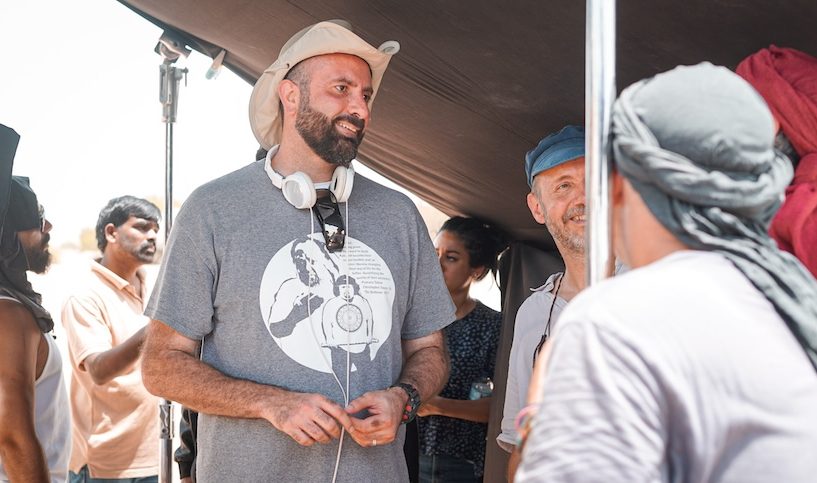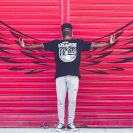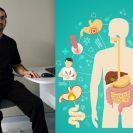Humans love stories, in all forms. We like creating them, becoming a part of them and consuming them voraciously, but only a select few of us can craft a beautifully woven story that balances visual aesthetic and tickles you on an intellectual and emotional level. Zeyad AlHusaini is one of the chosen few with the talent, education and years of honing the skill to do just that. His latest movie, How I Got There, premiered last month all over Kuwait, won the Audience Award for Best Film at the 2022 Red Sea International Film Festival and was nominated for the prestigious IWC Filmmaker Award, headed by Cate Blanchett, at the 10th Dubai International Film Festival.
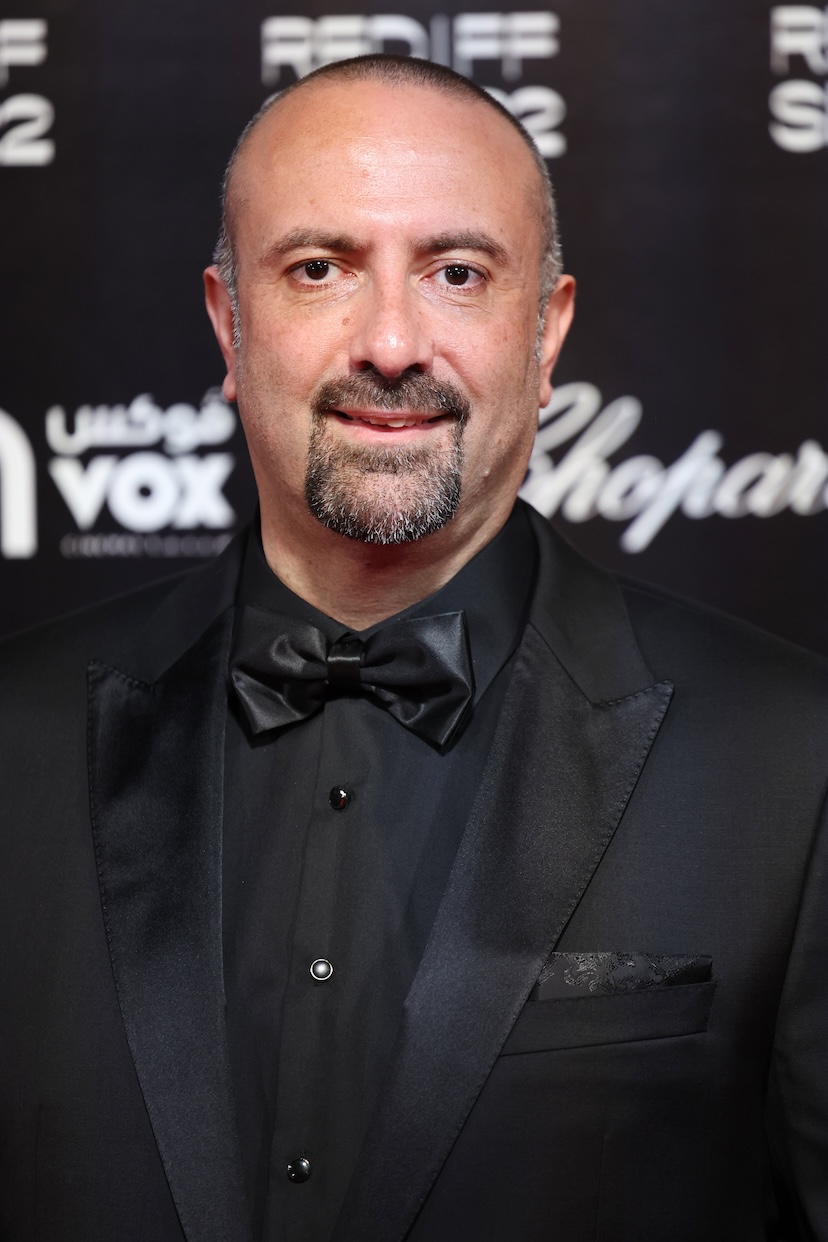
How I Got There is an action-packed, dramatic thriller centered around two young Kuwaitis who suddenly find themselves in over their heads navigating the murky world of gun runners, terrorists, mercenaries, and local gangsters. It depicts a very colorful and thriving version of Kuwait City. Reviewers and critics alike are raving about the movie, so we were eager to learn more about the man who wrote, produced and directed it.
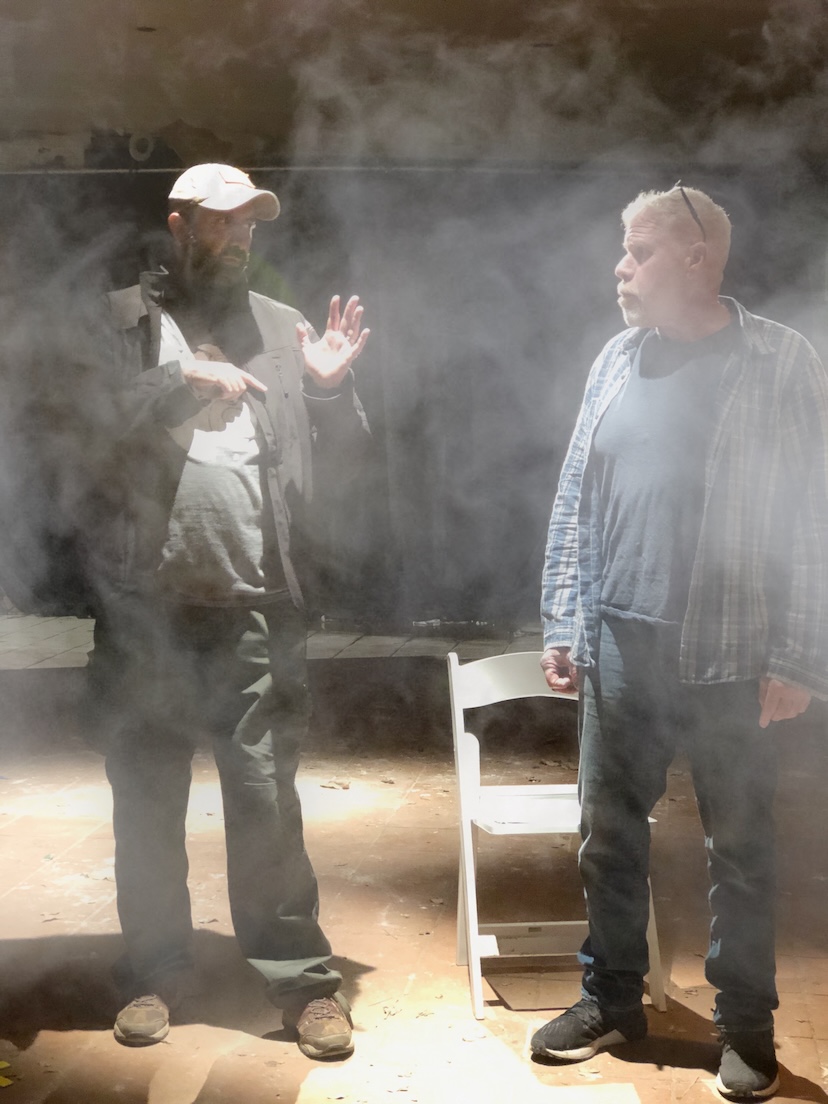
Zeyad Alhusaini more commonly known as Zee, a nickname which he got from practicing martial arts and not from filmmaking. Some people also call him Doctor Zee because of his doctorate. In his formative years, Zeyad loved watching films and visiting studios with his father, who was a renowned filmmaker in the region, as a producer and distributor. Ironically, his dad was adamant that none of his kids become a part of the industry. So, our protagonist got into law school but then the Gulf War happened.
“I never knew that I wanted to be a filmmaker because I wasn’t even allowed to touch the cameras when we were kids. But I knew I loved films. I knew I loved stories. I wrote stories from a very young age and I excelled at it. But being interested in filmmaking happened during the Gulf War. We were driving across the death highway, and I was looking at all these dead bodies. It started raining and it was raining black rain because of the oil fields burning and suddenly the whole desert became black. And I think that was the first moment that I wanted to capture. I want to tell a story visually,” Zeyad explains.
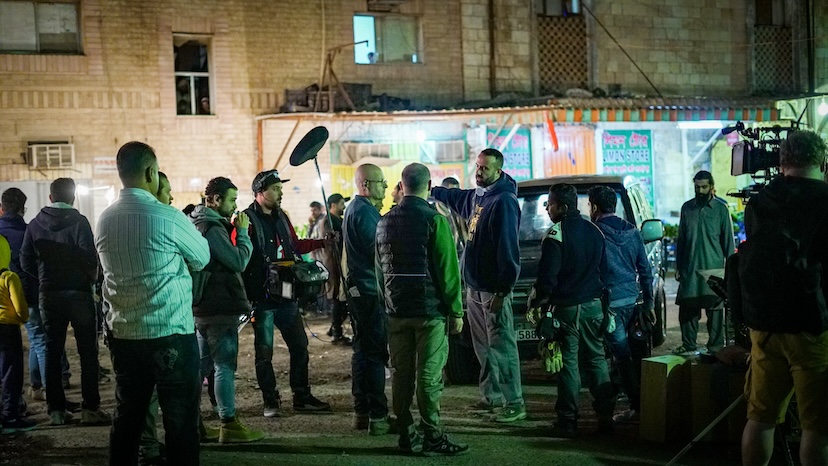
After a conversation with his cousin, he decided to drop out of law school, applied to go to film school in the US, got a scholarship and he has been on that path ever since. Success was not instantaneous though, Zeyad had to work his way up in the industry, from placing sand bags to stabilize lighting equipment to marking the floor for actors, he did everything so he could learn and fully immerse himself in the full life cycle of a movie. He was always unafraid of hard work and made dozens of shorts and hundreds of commercials. His end goal was always to produce great work. “How can I turn this into a narrative? A point of view for the viewer, the audience? How can I change their life? How can I empower them with what I’m doing, not take away their power, but actually empower them?,” he tells us. These questions have carried on to his feature films and have clearly fueled his efforts.
In the late 90s, while he was working on his Master of Fine Arts and Film Making (MFA) at Columbia University, he had the first inspiration to create a story about characters that he knew in real life. So he wrote the first version of what would eventually become his latest movie, but was not very happy with it. At the time, he was taking one of Professor Dave Shaber’s classes, writer of Hunt for Red October and The Warriors. The professor saw his script and the potential in it and promised to help him work on it. Unfortunately, he passed away that same evening. Zeyad was devastated by the loss and the script was put away. Fifteen years later, his home was ransacked by thieves while he was living in LA. “So, I was robbed and my house was turned upside down and I was so exhausted I just went to sleep.

I didn’t even fix my room. And I woke up in the morning with all the mess. And I’m like, you know, I think I was looking at the script from the wrong angle. And it was like. The minute I started looking at it from a different angle, it changed everything. So from that point on. I started putting it together and developing it and I storyboarded the whole thing,” Zeyad tells us. It was another plot-twist that changed the trajectory of his life.
Having both written and directed the film, this helped Zeyad create a cohesive vision for his movie. He knew from the start what he wanted to create and was able to do it. But it takes more than just a script and a vision to make a movie. Zeyad started finding the rest of his crew. “The first person to come in and has been a big supporter is my producer Aziz Al-Yaqout. He was the first one to really believe in the film and was crazy enough to feel like we can make this. He was able to put together a team from 40 different countries. We don’t really have a thriving film industry anyway, so we had to start from scratch for everything,” Zeyad says. Then they had to figure out casting, costuming, shooting and editing. And it was difficult coordinating and getting everything done.
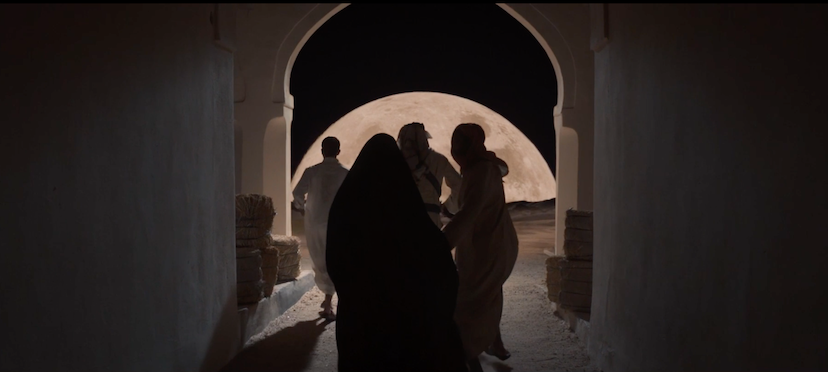
Shooting was split over Kuwait and Mexico and a hurricane hit them while in Mexico. The movie was edited in LA while Zeyad was in Kuwait because of pandemic travel restrictions. It was one obstacle after the other, but one by one they were dealt with and overcome, but overall Zeyad thinks it has been a great adventure, one that he hopes to see more Kuwaitis undertaking. “The whole idea of making this film is to start a cinematic wave from Kuwait and this region and have very interesting and different filmmakers give their point of view through cinema to the rest of the world, because for me that is culture. Cinema is a cultural bridge to all the world and this is what were attempting with this film; to build a bridge, from Kuwait to the rest of the world,” Zeyad explains. And we think this movie has done just that, and we can’t wait to see more of Zeyad’s work and the work that he inspires in the younger generation of local filmmakers.
UP CLOSE & PERSONAL
What do you most value about your friends?
Loyalty, I lived in the US for a long time, away from my family, so my friends became my family.
Which living person do you most admire?
Martin Scorsese, his continuous ability to deliver powerful films at different stages of his life, is admirable.
What is your idea of perfect happiness?
Still figuring that out, I suppose it’s a moving target, but as I get older and maybe a little wiser, I feel happiness is being with family and friends and, of course, watching movies.
What is your greatest extravagance?
I have a massive collection of high-end collectible action figures and statues, it’s an addiction, I suppose.
What is your most treasured possession?
Probably my watch and knife collection.
What is your greatest fear?
I was trained by a great man, Tuhon Chris Sayoc Sr. To be a man without fear.
What is your most marked characteristic?
Determination and loyalty.
Which talent would you most like to have?
Playing the guitar.
What is one trait you have that you are most grateful for?
Creativity.
What is the human trait you most dislike about others?
Dishonesty.
What is it that you most dislike?
Onions.
Which words or phrases do you most overuse?
I’m a Ninja.
What are your favorite words to live by?
For I am the slave and master of my own destiny.
Where would you most like to live?
I used to love living in New York, but I feel each stage of your life deserves a new experience, I’m looking forward to finding out where would life take me to live next.
If you could have any job, what would it be?
The head of a major film studio.
What would you consider your greatest achievement?
Starting a family with my beautiful wife and having my amazing son, and of course, my new film “How I Got There”.
What do you hope for the future?
I’m looking forward to a bright and happy future filled with great filmmaking and happy family moments.
Follow Zeyad @zee_alhusaini and How I Got There @howigotthere on Instagram to learn more. Catch the film at your nearest cinema theater!

